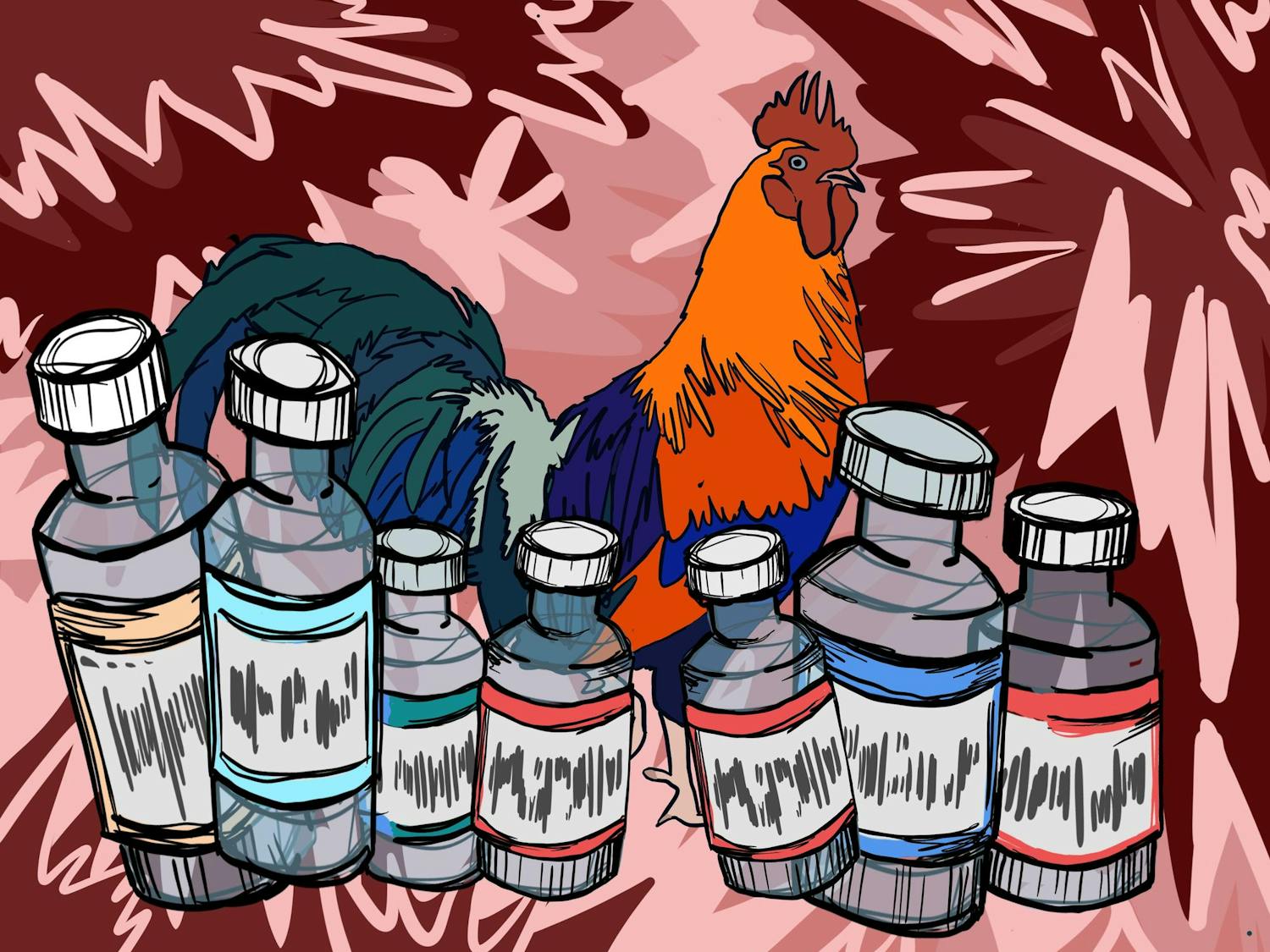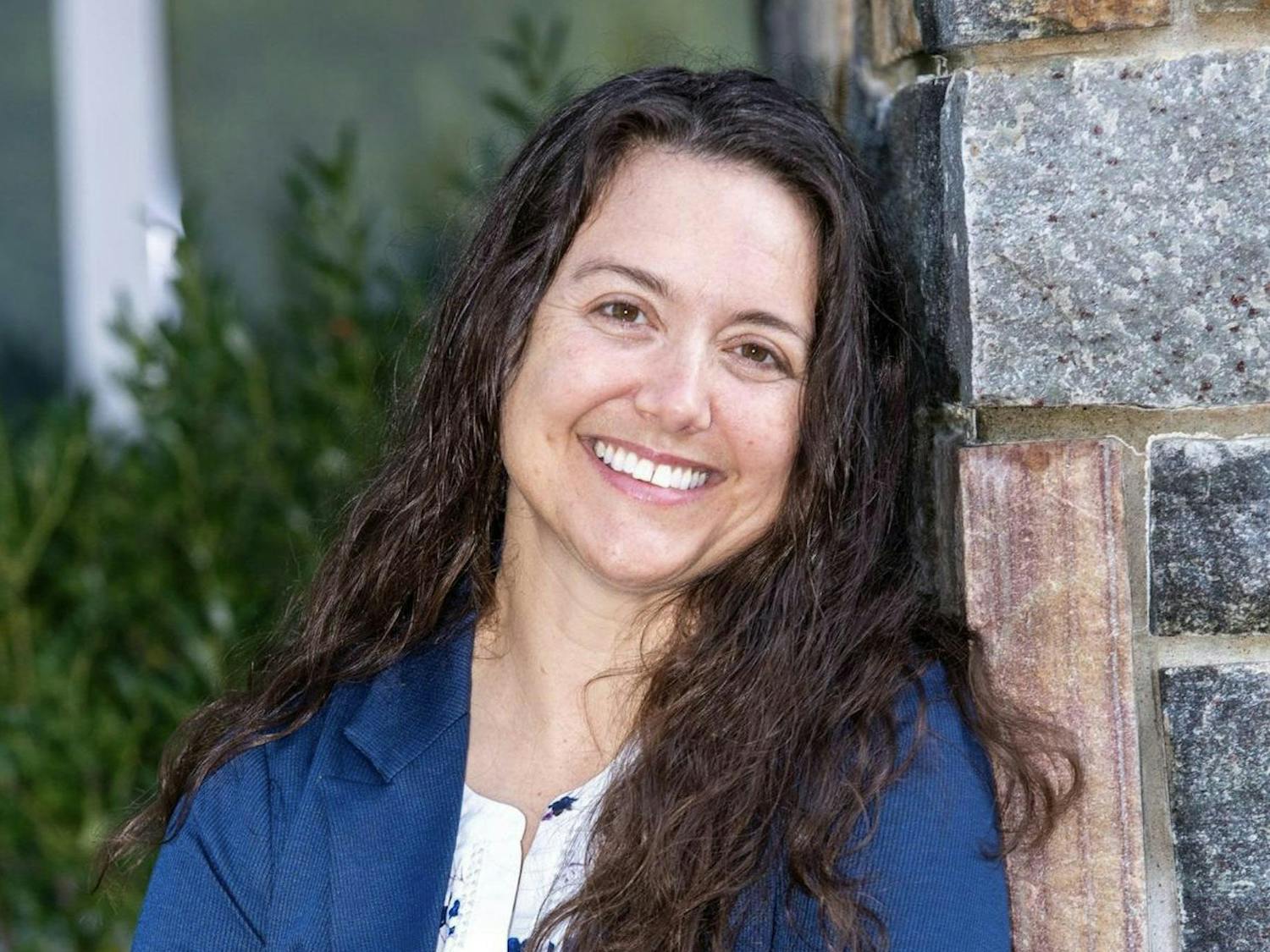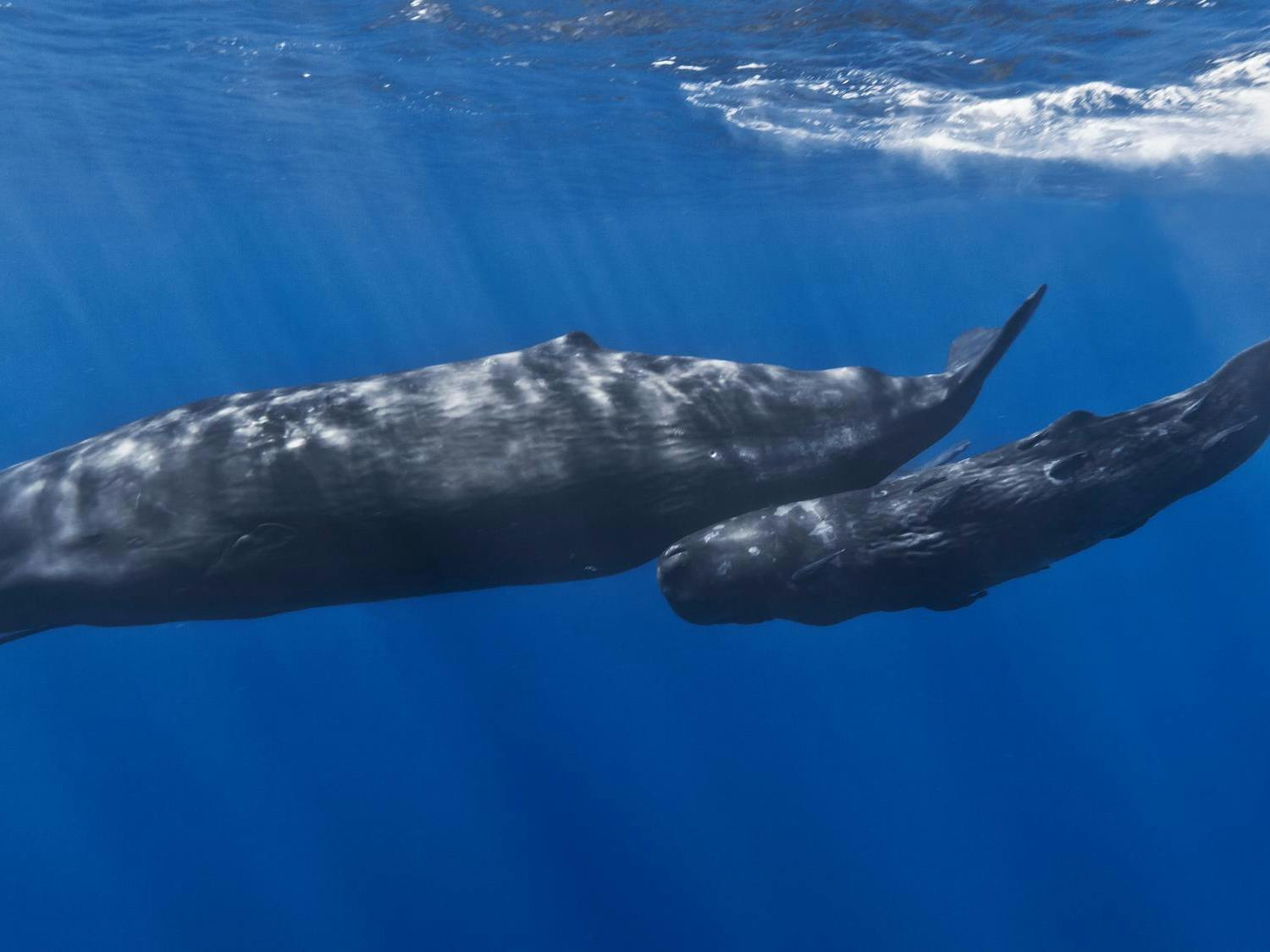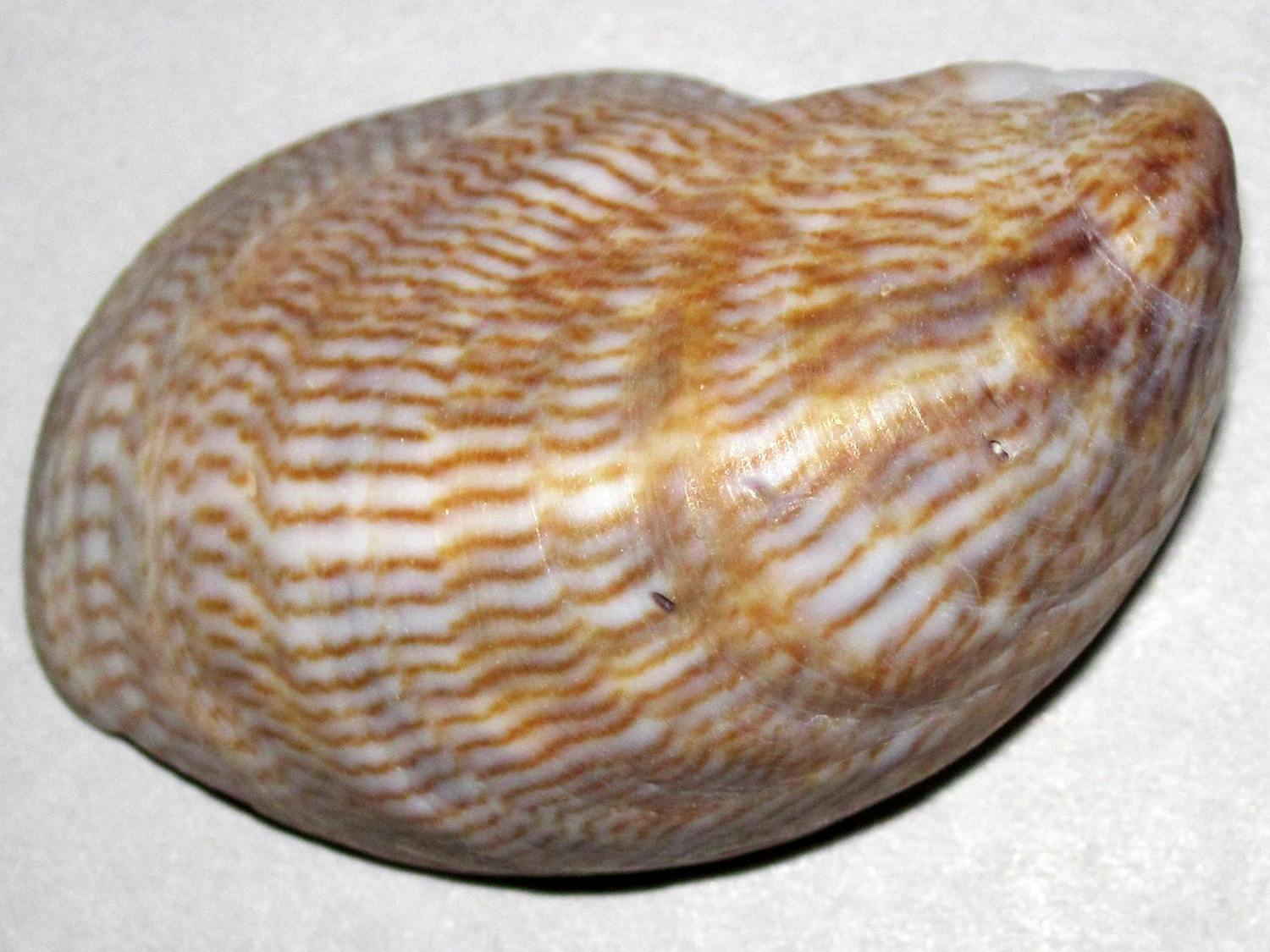The comeback of measles in the United States
In 2000, the United States declared measles eradicated in the country due to the development of a vaccine. Yet, recent data has shown a measles resurgence in the United States with an outbreak in New York in 2019 and a larger outbreak this ...






















